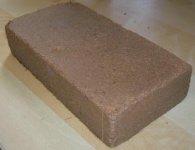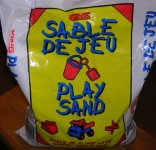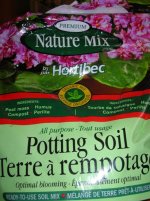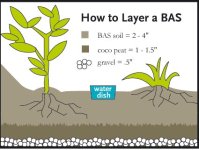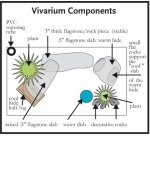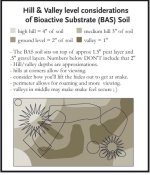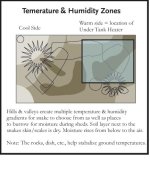Design Tips
I'm just gonna keep this simple... Whether designing a room, a marketing flyer or a vivarium, these few rules will offer variety, dynamic compositions, and visual harmony. A whole chapter could be written on each topic but perhaps a simple overview might help you to produce a indoor garden you enjoy when your snake is hiding.
CONTRAST: When designing anything, contrast makes things more dynamic:
- dark with light, big with small, tall with short, hard with soft, thick with thin, patterned with solids, you name it. Whatever elements you are using, look for opposites to compliment and highlight. Example: A plant with few dark broad pointed leaves paired with a plant with multiple small round lighter leaves.
RULE OF 3: 3 is a magic number. 3 plants, 3 varieties, 3 levels of height. 3 just makes things work. Example: 3 rocks of 3 different sizes and shades or 3 different elements put together like stone, wood and foliage.
Grouping things together and creating empty space on purpose. Don't try to fill up all the empty spots. Group items together and create empty spaces. It will look less cluttered and be easier to maintain and stir the substrate. Empty space gives the eye a place to rest.
Colour harmony
http://www.colormatters.com/colortheory.html
This website and others can explain it to whatever level you feel like going. Basically, start with the colour of the snake and work from there. Ask yourself if the snake would "match" this colour rock, wood, etc. Will these plant colours clash with one another, do they compete for attention or will the snake really stand out against this colour, etc. Stick to 3 colours (and shade of those 3 colours) plus the colour of the earth and you'll be fine.
Variety: Personally, I feel restraint is a good thing in the vivarium. The book recommends it for practical reasons and as an artist, I do so for aesthetic. Keep it simple, uncrowded, yet offer multiple kinds of surfaces, scents, levels, tactile experiences, sizes of spaces to explore, etc.
I could go on but most would be bored by now unless it was your "thing". Just remember these few simple rules and you'll come up with a winner.
Please post pictures and we can even offer eachother some advice in terms of placement, plant choices, etc.
I am getting a Blizzard Corn and am actually considering a themed vivarium, something really unexpected visually which also meets the needs of the snake. A sculpture kind of thing. ANY IDEAS???
Next: Maintaining...


